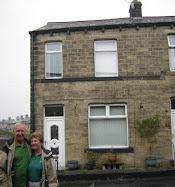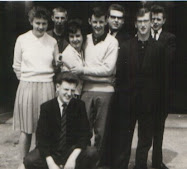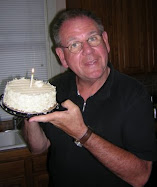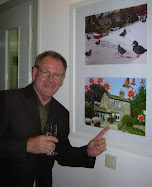This summer seems to be speeding along. Tomorrow is already the start of July. At the moment we have sunny days up to 30°C and the World Football Championship has taken over our lives!
Tomorrow, I am going to Jüterbog for the day. I may report on it later depending on the photos I take ... or not!
On Friday I am off to learn more about steering a boat when I try my hand at being the captain of Rolf's boat. You may remember that I did this in the summer of 2009. Let's see how much I have remembered. I do remember though a very nice restaurant on the side of the lake!
Saturday is a teachers' workshop I have booked to attend. Should be cooler than standing outside for 31plus °C have been forecast! In the evening Germany play Argentina in the football championships. I shall be in front of my big screen with a glass of something cool for that event!
.jpg) The rest of the month has the usual appointments and things to do. What about birthday and other things?
The rest of the month has the usual appointments and things to do. What about birthday and other things?Jutta will be 62 on the 2 July and will be spending it with Gerald in a Kur-Hotel on the Ostsee. David died too young and it will be 2 years ago on the 3 July. I was one of the last to visit him and you may remember my report on this blog. I have two concert appointments with Angelika already arranged this month. Looking forward to that. There are also 'Oldie' trips planned to Weimer and Wernigerode.
Adele's birthday on the 26th July marks the day after I plan to fly to the UK and spend three weeks there. I am looking forward to seeing family and friends in the south who I have't seen for ages. I shall hire a car and enjoy the drive before going to London to see other friends before heading north. Should be interesting!

.jpg)
119.jpg)
120.jpg)
121.jpg)
122.jpg)
124.jpg)
88.jpg)
98.jpg)
102.jpg)
118.jpg)
111.jpg)
104.jpg)
105.jpg)
94.jpg)
97.jpg)
91.jpg)
89.jpg)
86.jpg)
81.jpg)
83.jpg)
82.jpg)
79.jpg)
84.jpg)
76.jpg)
59.jpg)
61.jpg)
65.jpg)
62.jpg)
63.jpg)
64.jpg)
66.jpg)
67.jpg)
55.jpg)
52.jpg)
58.jpg)
57.jpg)
56.jpg)
1.jpg)
1.jpg)
2.jpg)
1.jpg)
1.jpg)
3.jpg)
1.jpg)
4.jpg)
5.jpg)
9.jpg)
8.jpg)
12.jpg)
10.jpg)
16.jpg)
7b.jpg)












.jpg)












.jpg)







.jpg)

1.jpg)
1.jpg)








